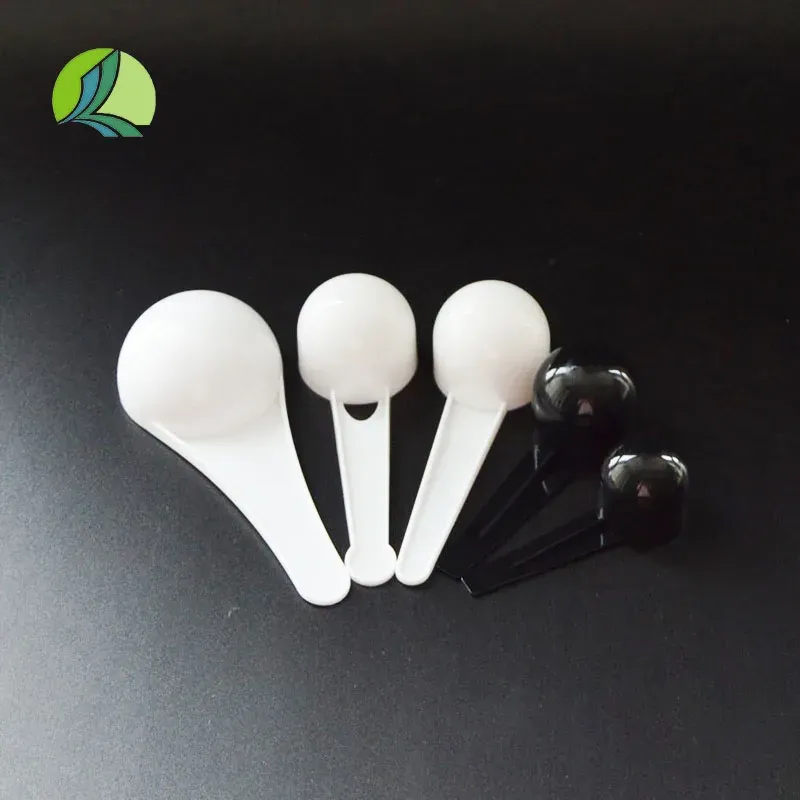centrifuge tube laboratory apparatus uses
Understanding the Uses of Centrifuge Tubes in Laboratory Settings
Centrifuge tubes are essential laboratory apparatus widely employed in various scientific fields, including biology, chemistry, and medical research. These tubes are designed to withstand the high centrifugal forces generated during the centrifugation process, making them indispensable in the separation of components in a mixture based on density. In this article, we will explore the diverse applications of centrifuge tubes in laboratory settings and the reasoning behind their design and functionality.
Structure and Design
Centrifuge tubes are typically made from plastic or glass, with the former being more common due to its lightweight and shatter-resistant properties. They come in various sizes, usually ranging from 1.5 mL to 50 mL, and have caps that provide a secure seal to prevent leakage during the centrifugation process. Many centrifuge tubes are graduated, allowing scientists to measure volumes accurately, which is critical for experimentation. The design of these tubes includes features such as conical bottoms, which facilitate the gathering of sediment, and a cylindrical shape that ensures even distribution of forces during spinning.
Separation of Biological Samples
One of the primary uses of centrifuge tubes is in the separation of biological samples. In molecular biology, for example, centrifuge tubes are extensively used to isolate DNA, RNA, and proteins. By placing a solution in the tube and spinning it at high speeds, the denser molecules precipitate at the bottom, allowing researchers to extract them easily for further analysis. This technique is crucial in various applications, including genetic research, diagnostics, and the development of biopharmaceuticals.
Cell Culture and Harvesting
Centrifuge tubes play a significant role in cell culture processes. After growing cells in culture flasks, researchers may need to harvest them for experimentation. The centrifuge tubes are used to spin down the culture medium, allowing cells to settle at the bottom while the supernatant can be decanted. This process not only aids in cell collection but also concentrates the cells, thereby increasing the efficiency of downstream applications such as drug testing or cellular analysis.
centrifuge tube laboratory apparatus uses

Clinical Applications
In clinical laboratories, centrifuge tubes are vital in the preparation of patient samples, such as blood and urine. When processing blood samples, for instance, centrifuge tubes facilitate the separation of plasma or serum from blood cells. This separation is crucial for conducting various tests, including biochemical analyses, serological tests, and blood typing. The ability to rapidly separate components within blood samples contributes to the accuracy and efficiency of diagnostic procedures.
Environmental Analysis
Centrifuge tubes also find applications in environmental studies. Researchers utilize them to separate pollutants from water or soil samples. By centrifuging the samples, contaminants can be isolated, allowing for quantification and further analysis. This practice is critical in monitoring environmental health, assessing the impact of industrial activities, and studying ecological changes.
Quality Control and Manufacturing
In the pharmaceutical and food industries, centrifuge tubes are employed in quality control processes. They are used to separate different components of products to ensure consistency and quality in manufacturing. For instance, in the production of vaccines, centrifuge tubes help isolate viral components, ensuring that the final product meets the necessary safety and efficacy standards.
Conclusion
Centrifuge tubes are versatile laboratory tools integral to a wide array of scientific disciplines. Their unique design allows them to endure the rigorous conditions of centrifugation, making them vital for sample processing, analysis, and research. Whether in molecular biology, clinical diagnostics, environmental science, or quality control, the applications of centrifuge tubes are vast and varied. As technology advances, it is likely that these essential tools will continue to evolve, enhancing research capabilities and contributing to scientific discoveries. Understanding their uses and functionalities not only emphasizes their importance in laboratories but also inspires further innovation in laboratory practices.
-
Aesthetic Makeup Spray Bottles | Fine Mist Empty RefillableNewsAug.19,2025
-
White Plastic Veterinary Vaccine Vials | Lab Liquid BottlesNewsAug.18,2025
-
Plastic Medicine Liquid Bottle: Secure Flip Top Drug VialsNewsAug.17,2025
-
Durable 250ml Blue Plastic Vaccine Vial for Lab & Vet UseNewsAug.16,2025
-
Sterile Virus Sample Tubes: Secure & Reliable Specimen CollectionNewsAug.15,2025
-
White 250ml Plastic Vaccine Vial for Lab & Vet MedicineNewsAug.14,2025
























